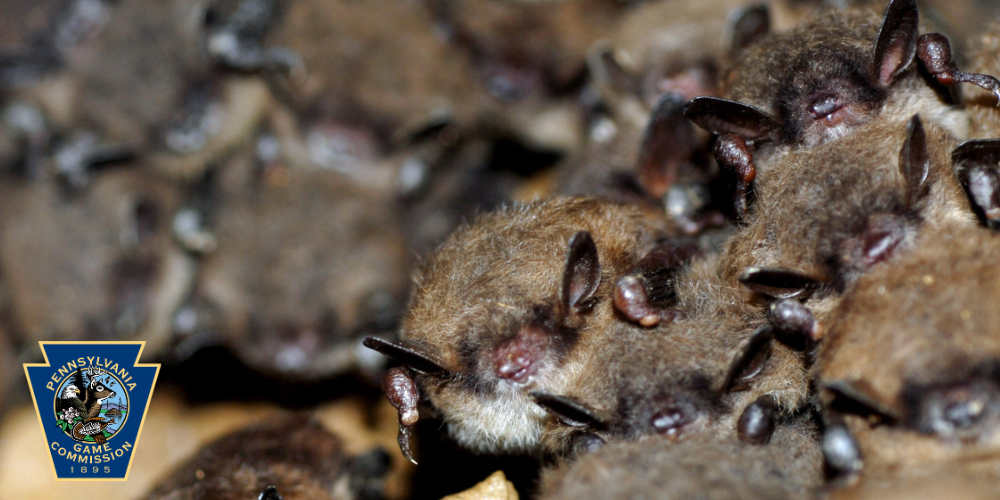
As autumn takes hold over Pennsylvania, the skies continue flutter with the wings of migrating wildlife. The Kittatinny Ridge plays a vital role as a migration highway for a variety of species, including raptors, songbirds, and butterflies. Bats are another species of wildlife that call the Kittatinny home, and three out of nine bat species are migratory.
Bats are the only mammals that fly. Their wings are thin membranes of skin stretched from fore to hind legs, and from hind legs to tail, with long, slender finger bones acting as wing struts. Nine species of bats regularly occur in Pennsylvania. Six bats (little brown, northern long-eared, Indiana, small-footed, tri-colored, and big brown) hibernate in caves, mines and tunnels. Three bats (silver-haired, red, and hoary) primarily migrate south for the winter.
All of Pennsylvania’s bat species are insectivores. A single bat consumes thousands of insects each night – up to 25 percent of its weight at a single feeding – which helps to keep insect populations under control. Pennsylvania’s bats prefer to make their feeding flights in late afternoon, evening and early morning. During the day, they roost singly, in pairs, in small groups, or in large concentrations, depending on the species. They seek out dark, secluded spots such as caves, hollow trees and rock crevices. They may also congregate in vacant buildings, barns, church steeples and attics. They hang upside down, by their feet when roosting.
Most bats mate in late summer or early fall, although some breed in winter. The male’s sperm is stored in the female’s reproductive system until spring when fertilization occurs. The young are born in summer, naked, blind, and helpless. They are nursed by their mothers and by six weeks of age, most are self-sufficient and nearly adult size. The reproductive potential of bats is low. Most bats, including the smaller species, usually bear a single young per year; the larger species may have up to four. There is only one litter per year.
Excepting the three that migrate, the six cave bats are true hibernators. Throughout winter, they eat nothing, surviving by slowly burning fat accumulated during summer. A hibernating bat’s body temperature drops close to the air temperature, respiration and heartbeat slow, and certain changes occur in the blood. Bats can be easily roused from hibernation, and often are able to fly 10 to 15 minutes after being handled. Most favor cave zones having the lowest stable temperature above freezing. During winter, bats might awaken and move about within a cave to zones of more optimum temperature. In many caves, bats of several species hibernate together.
The greatest threat to bats during hibernation is a relatively new disease called white-nose syndrome (WNS). This is an exotic fungus that causes fungal infections on the wing membranes and other exposed skin, eventually leading to death in most bats that encounter it. It has been shown that infected bats arouse too frequently, burn through their winter fat supply too fast, and suffer from dehydration. Mortality has been severe, with an overall decline of 99 percent for all six species that are found to hibernate in Pennsylvania. The three species that do not hibernate, often referred to as migratory bats, have not been confirmed to contract white-nose syndrome.
For more information about bats, bat houses, or white-nose syndrome, please visit the Pennsylvania Game Commission’s website: Bats (pa.gov)